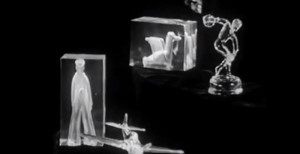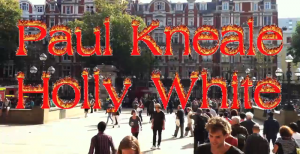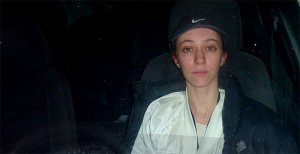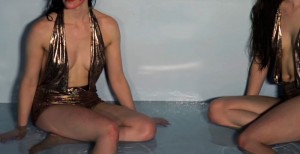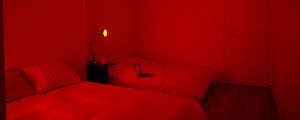Referencing the second chapter of Ray Bradbury’s bestselling dystopian novel Farenheit 451, le Tamis et le sable (The Sieve And The Sand), is a three-exhibition cycle dealing with the transmission of messages. Running at Maison Populaire de Montreuil and Instants Chavirés, part two’s ‘L’Intervalle’ (Intervals) explores how knowledge, experience and fiction is transmitted through techniques more or less archaic, based on the logic of the dispatch and receipt of data. The in-between is travel in the intervals of stories about people and places; a temporal and geographical shift where the content has been potentially transformed, altered or lost. The title of the show is an entry point to the idea of taking of knowledge as our province: the sieve representing a brain immersed in ‘official histories’, the sand, ways of thinking and acting.

Among the queries being raised in the show is the representation of the immaterial and by extension its reception. The works by Julien Discrit are a case in point. Claiming that what is not visible is not invisible, he puts the world in pictures. With ‘Something rather than Nothing’, he reads at face value the locality called ‘Nothing’ in the USA, while in ‘Disque d’or – Voyager Iive’, he broadcasts music from the Voyager Golden Record, a phonograph launched into space aboard the Voyager 1 and containing pieces selected to portray the best of what humankind has produced until then. Kapwani Kiwanga also offers a tantalizing look into interplanetary communication through ‘The Sun Ra Repatriation Project’. She proposes a portrait of the Afrofuturist philosopher and musician Sun Ra, coded in sound waves and sent to Saturn with a radio telescope. Meanwhile, David Horvitz, inspired by 70s Californian conceptual artist Bas Jan Ader, questions the idea of the afterlife and the hoax with his ‘Rarely Seen Bas Jan Ader Film’. In their own way, Kajsa Dahlberg and Jeremiah Day summon the memory as well. The former gathered over 600 postcards sent from Jerusalem by Swedish tourists between 1910 and 1999, while the latter explores the oral tradition of storytellers in the Blasques Islands. From macro to micro, these artists call upon our imagination by presenting the outcomes of actions we haven’t seen.
The exhibition succeeds in keeping the viewer’s attention and awareness on subjects, like intangible cultural heritage in society or the sustainable character of a universal language. It doesn’t necessarily satisfy the aesthete’s eye, but it transports our imagination far away through postcards, carrier pigeons, audio recording and tales; spacecraft, Internet, suitcases and radio waves. More than mediators, artists operate as filters, taking a broader look at the real world whose representations are contingent, fragmented, relative, and offbeat.

